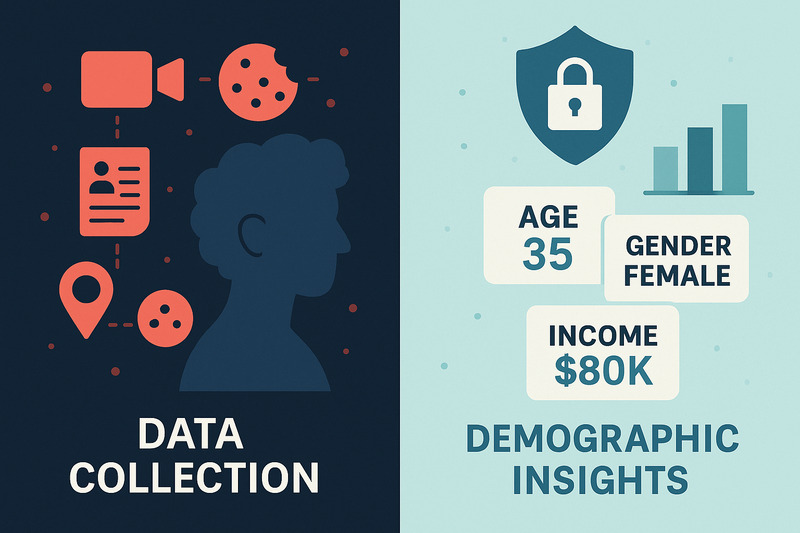HumanGraphics In the Media: Introducing the Serverless Mark 2.1 Architecture at Serverless Land
HumanGraphics Founder Andy Boothe was recently invited to speak at AWS Serverless Land to discuss its new, fully serverless Mark 2.1 architecture.

HumanGraphics founder, Andy Boothe, recently shared insights into our latest development, the Mark 2.1 architecture, during an interview with AWS Serverless Land. This rearchitecture signifies a strategic shift towards a more agile and efficient serverless infrastructure, underscoring our commitment to enhancing AI and ML model deployment capabilities and the best-in-class data they provide. This blog post delves into the specifics of the interview and the impact of the new architecture on our operations and offerings.
Transitioning to a Serverless Architecture
HumanGraphics, has always operated at the nexus of innovative technology and world-class data. The transition to a serverless architecture with Mark 2.1 was driven by the need for more scalable, cost-effective, and efficient ways to make our AI-driven demographic data solutions available to customers. By moving away from traditional server-based frameworks going all-in on AWS serverless technologies, we aimed to leverage serverless' scalability and cost-efficiency.
Navigating the Challenges of Serverless Computing
The move to serverless computing involved overcoming several technical and business challenges, including cold starts and storage constraints associated with Lambda functions. The new Lambda feature, SnapStart, emerged as a critical component of the solution, allowing us essentially to eliminate cold start times, even for applications with a long initialization time. This enabling technology ensures that our API endpoints backed by AI and ML models both respond quickly and scale instantly, addressing scalability issues that limited previous architectures. Careful customization of the Lambda runtimes for Java also allowed these applications to make use of best-in-class native AI and ML platforms, like OpenCV and TensorFlow while still taking advantage of these Java innovations.
Benefits of the Serverless Mark 2.1 Architecture
The adoption of the Mark 2.1 architecture has effected significant advantages, notably in scalability and cost-efficiency. The serverless comnputing model, powered by AWS Lambda and SnapStart, has led to a substantial reduction in operational costs while simultaneously improving the architecture's ability to scale dynamically in response to demand underscores the flexibility and efficiency of serverless computing.
Looking Forward
The development of the Mark 2.1 architecture is a milestone, not a final destination. We are continuously exploring new, innovative ways to enhance how we deliver HumanGraphics' structured human data to our customers. Our journey towards refining our architecture demonstrates our unwavering dedication to leveraging cutting-edge technology for improved efficiency and scalability.
Gratitude and Anticipation
We are immensely grateful to the AWS Serverless Land team for showcasing our advancements in serverless computing. Their platform not only brings attention to the possibilities of serverless computing but also cultivates a community where innovation is celebrated. We extend our thanks to our team at HumanGraphics and its parent company, aleph0, whose expertise and creativity were instrumental in realizing the Mark 2.1 architecture. As we move forward, we remain excited about the potential of serverless computing to transform how we deliver AI-powered insights and services.




